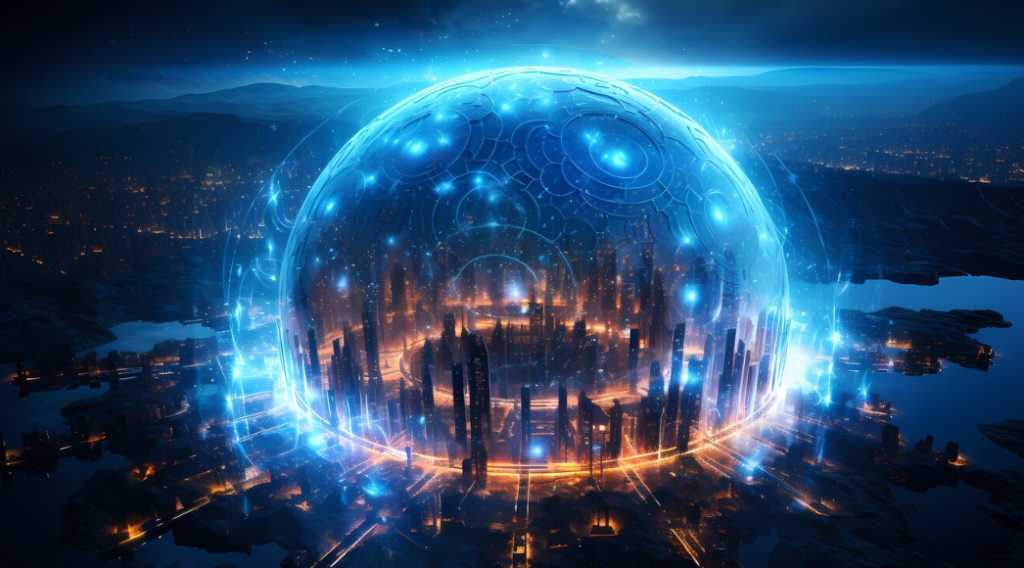For centuries, human perception has been limited by the five traditional senses: sight, hearing, touch, taste, and smell. But what if technology could expand that framework? Could we engineer entirely new senses—synthetic perceptions that let us feel magnetic fields, see infrared light, or even sense time itself?
As we stand on the edge of human enhancement, the line between biology and machine is beginning to blur. Synthetic senses are no longer science fiction. They are becoming scientific fact—and they could revolutionize how we interact with the world.
What Are Synthetic Senses?
Synthetic senses refer to artificially engineered perceptual systems—either implanted or worn—that allow humans to detect and interpret information beyond natural sensory capabilities.
Unlike prosthetics that aim to restore lost function, synthetic senses go further. They aim to add entirely new channels of experience, enabling people to perceive dimensions of reality that the human body wasn’t naturally designed to detect.
Real-World Examples of Engineered Perception
1. Magnetoreception
Some individuals have implanted small magnets in their fingertips, allowing them to sense electromagnetic fields. This grants a kind of “sixth sense” that alerts them to live wires or devices nearby.
2. North Sense
A wearable device developed by Cyborg Nest vibrates when facing magnetic north—effectively giving its wearer a built-in compass. Over time, users report developing a subconscious awareness of direction.
3. Echolocation Training
Though not tech-based, some blind individuals learn to use clicking sounds to navigate their environment—an example of the brain adapting to a new input channel, much like a synthetic sense.
4. Infrared Vision with Implants
Research is underway to integrate infrared sensors into visual prosthetics, allowing users to “see” heat signatures—a perception normally reserved for snakes or high-tech cameras.
How the Brain Adapts to New Senses
The most fascinating part? The human brain is highly plastic—meaning it can reorganize itself to accommodate new types of data. This adaptability, known as neuroplasticity, is what makes synthetic senses viable.
With consistent input from a new sensory device, the brain begins to treat the data as natural. Over time, the user doesn’t just “know” the data—they feel it.
Potential Applications
- Disaster response: Firefighters sensing toxic gases or high temperatures
- Military: Soldiers detecting drones via vibration-based radar feedback
- Navigation: Enhanced spatial awareness for pilots or astronauts
- Art and creativity: New sensory experiences for immersive art installations
- Neurodiversity tools: Sensory augmentation for autistic or sensory-sensitive individuals
Ethical and Psychological Implications
The rise of synthetic senses brings with it a host of questions:
- Should we enhance everyone, or only those who opt-in?
- Will society divide between “naturals” and “augmented” humans?
- Could new senses create emotional overload or psychological side effects?
As with all emerging tech, the challenge lies in balancing innovation with intention.
The Future: Hyperhuman Perception?
If synthetic senses become widespread, we may begin to live in a version of reality that is no longer uniform. Just as one person may see ultraviolet light while another does not, we may become species of perception, with vastly different experiential worlds.
Eventually, we may go beyond Earth-based inputs altogether—perceiving gravitational waves, deep space signals, or quantum events.
In that world, understanding someone else’s reality might become as complex as translating a new language—one composed not of words, but of entirely new sensations.
Conclusion
Synthetic senses offer a provocative glimpse into post-human perception. As technology continues to unlock new channels of experience, the question is no longer can we perceive more—it’s how far are we willing to go?
If we can engineer new ways to sense the world, we may discover that the universe was always richer, deeper, and more connected than we ever imagined—waiting for us to build the tools to finally see it.


